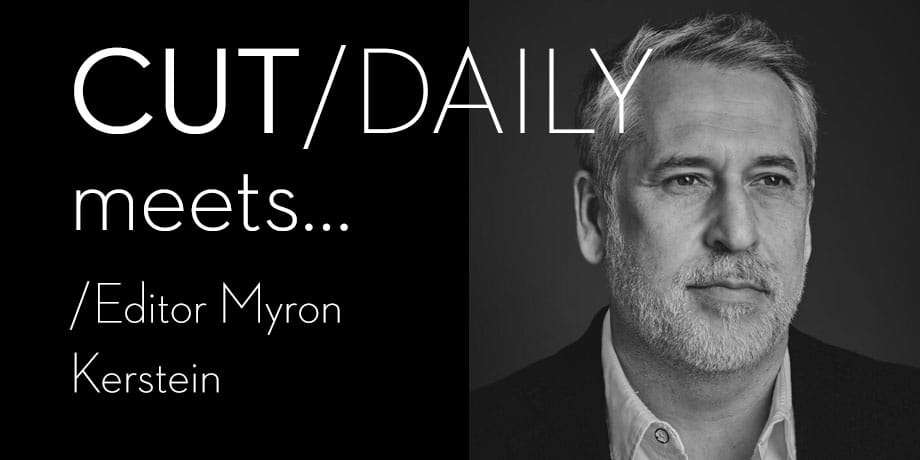#430 – Cut/daily Meets... Wicked Editor Myron Kerstein

We’re making The Wizard of Oz meets Lord of the Rings, but we also want to tell the greatest love story ever told.
— Jon M. Chu, Director
Hello, it's 2025!
Cut/daily readers you're in for a real treat to kick off the new year.
In this issue of Cut/daily Meets... you'll discover how editor Myron Kerstein tackled the enormous challenge of turning 250 hours of raw material into two polished musical marvels: Wicked Part I and II.
(I took my 9-year-old daughter; her first words after it finished: “I can't wait for part 2!” I concur.)
Plus:
- His bromance with director Jon Chu (and his love of the Vision Pro)
- Why musicals are a distinct editorial challenge
- His old-school approach to watching dailies
- Myron's advice for ‘old fart’ editors like him.
What do most editors not understand about editing for a musical? What unique challenges and opportunities does it have?
I think there’s a misconception that editing a musical requires a completely different approach from editing any other film.
In reality, if I’m doing my job as a storyteller, the goal is for the audience to become fully immersed in the experience—to lose themselves in it and walk away with a fulfilling cinematic journey.
That being said, musicals are some of the most complex films I’ve worked on.
There’s so much to balance—picture, VFX, live vocals, dialogue, instrumentals, and sound design—that all evolve at different stages of the process. My job is to manage these technical elements while ensuring that the scene remains emotionally impactful and engaging.
I also add that production shot over 250 hours of footage over eight months between the two movies, so it was an immense challenge to sculpt the film into a film that felt both satisfying and cohesive.
What did working with Pablo Helman add to the process? What was workflow like especially compared to other projects?
Wicked features over 2,200 VFX shots, making it an enormous undertaking to manage and execute this work with our incredible vendors, ILM and Framestore, over the past two years.
I relied heavily on Pablo Helman’s expertise in world-building and worked closely with his entire team, including VFX Editor Ed Marsh, to fully understand and master the VFX process.
Before working on Wicked, I barely knew the difference between pre-vis and post-vis, so it was an intense crash course in how to craft a VFX-heavy film.
We spent hundreds of hours together, collaborating to develop these shots. Compared to anything I had done before, it felt like we were in Mission Control every day—working side by side with dozens of artists, all focused on perfecting the world of Oz.
It was an incredible experience to work with such a talented and dedicated group.
Wicked is also VFX-heavy. Did that process have an impact on the film in ways unique to musicals?
It’s crucial to get the musical components right early on—selecting the best takes, locking down the plates, and solidifying the building blocks of each shot as soon as possible in the edit.
For example, in Defying Gravity, there were shots where VFX told us it would take a year to complete. So, we had to have a clear understanding of what we were doing in the edit from the start.
We were essentially world-building—creating CG Flying Monkeys and making Elphaba fly while singing—so it was essential for everyone to be on the same page to keep moving forward efficiently.
